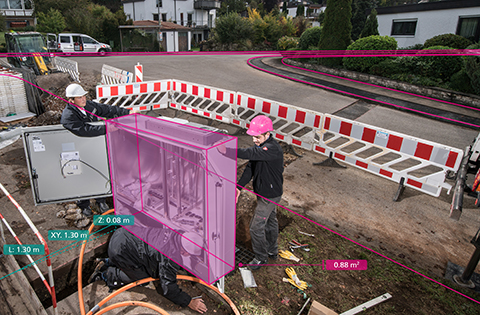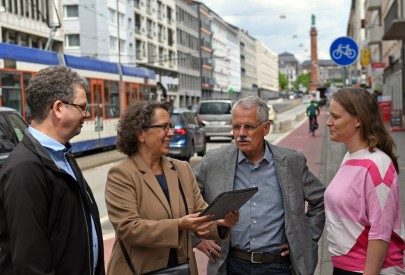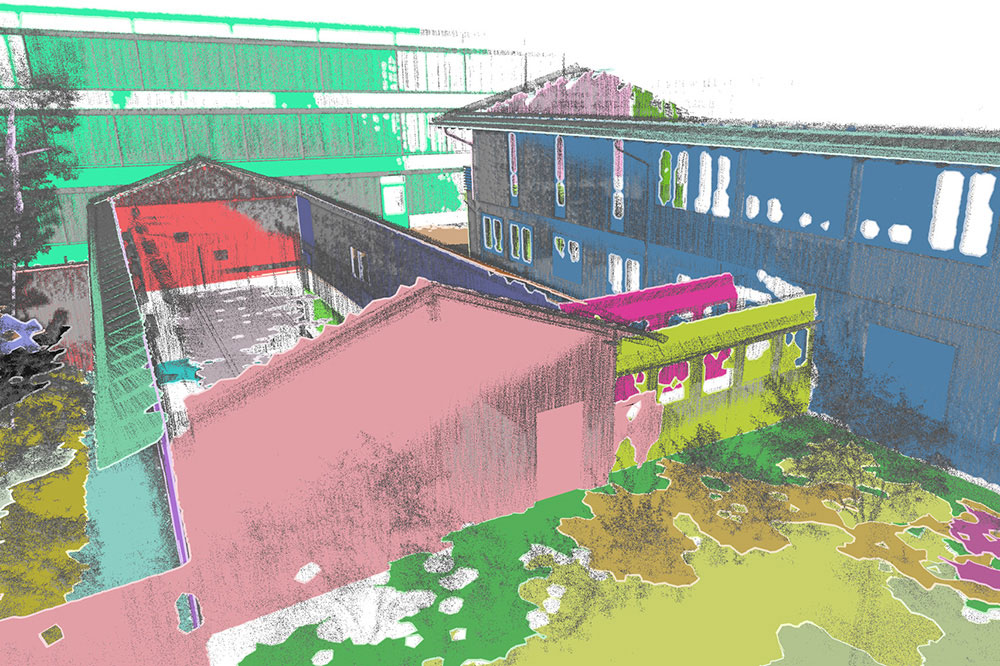AI solutions for administration: smart support for Hesse's municipalities
Artificial intelligence offers numerous advantages for municipal administration. From automated responses to citizens' enquiries and legally compliant tendering processes to digital planning permission and participatory planning with generative AI - the possibilities are many and varied and help to reduce the workload of employees.



Thanks to the close collaboration with the House of Digital Transformation, Hessian municipalities benefit from the innovative technologies of Fraunhofer IGD and a valuable exchange with technology providers. This not only promotes networking, but also creates added value for both sides and drives digitalisation in the region.
Gain an insight into our current projects:
Planning tools for fibre optic expansion
Comprehensive digitalisation requires a correspondingly modern infrastructure. To this end, Fraunhofer IGD is supporting Deutsche Telekom in the expansion of fibre optics with the innovative Fibre3D planning tool. This allows the exact position of network distribution boxes to be determined in 3D, measured and attached to the licence application as a photomontage.
Participatory energy transformation
Fraunhofer IGD has also developed the ‘Participatory Energy Transformation’ (PaEGIE) project. This interactive tool for citizen participation in mobility concepts makes it possible to actively involve citizens in the planning and implementation of sustainable mobility solutions.
BauDNS - Reconstruction of facades for energy-efficient refurbishment
With the BauDNS project, we support the energy-efficient refurbishment of building facades. Our software analyses a point cloud scan of the existing building and automatically creates a high-precision CAD model. This supports architects in their work, as they can start planning without first having to manually remodel the building on the computer.
 Fraunhofer Institute for Computer Graphics Research IGD
Fraunhofer Institute for Computer Graphics Research IGD